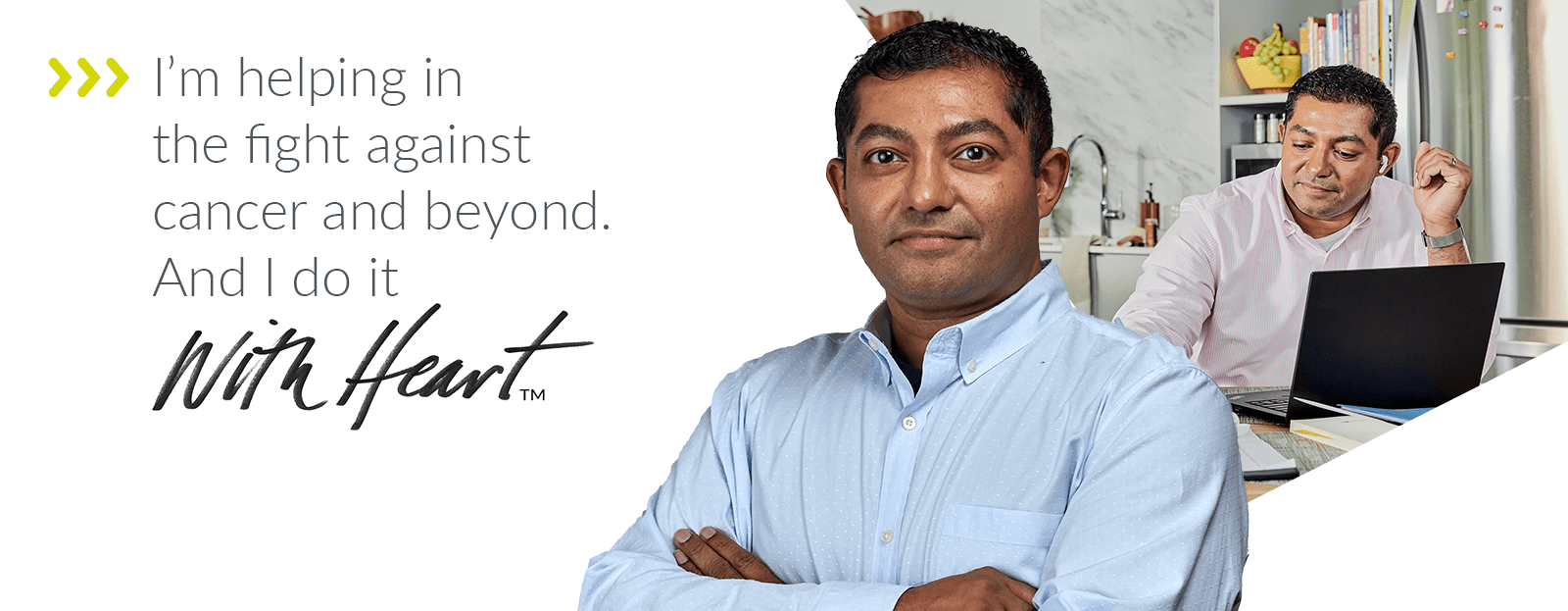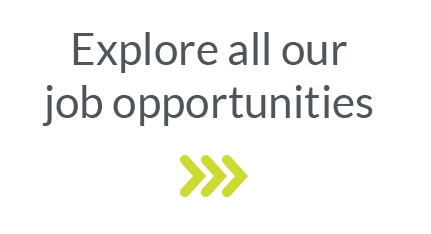Meet Xoli Belgrave: Senior Director, Patient Innovation Center (UK)
"We have to think bigger picture. Yes, we have the commitment to deliver on time and on budget for a particular project. But we also have an obligation to help sponsors to think about the end-to-end development, that is where the patient's voice is really important."
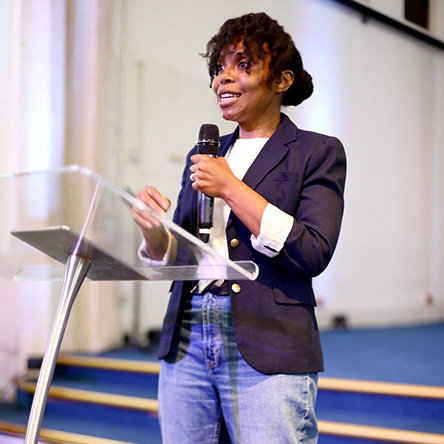
Xoli has been with Parexel since 2006 and she recently transitioned to being part of our Patient Innovation Center. We talked to her about her new role and her Diversity, Equity and Inclusion work at Parexel. She shares how Parexel creates a workplace that works for women, and what she learned through our development programs and mentorship.
- Can you introduce yourself and tell me a little about your new role?
My name is Xoli Belgrave (pronounced Scoli). Since July of this year, I took on a new role within our Patient Innovation Center where I lead clinical trial diversity, equity and inclusion.
- That means I get to support our "patients first" value every day through thought leadership, working and collaborating with some amazing people at conferences, in terms of publications, and social media, and then inserting that knowledge into our delivery.
- We work with our sponsors to help them to be more inclusive in their clinical trial development and to keep the patient's voice at the core. This work helps us to win new business as well because many sponsors are getting more and more interested in focusing on patients and having a more inclusive trial population.
- The third piece of my work is the collaboration with patient advocacy groups and community groups, which I absolutely love. I partner really closely with our Patient Ambassador, Stacy Hurt, and our Patient Advocacy Group Manager, Julie Shutt, to deliver on that piece. I also work closely with my Patient Innovation Center colleagues, Ada Middleton and Kristina reader, who leads the Community Alliance Networks (CANs) and Patient Insights respectively. We work intentionally to keep the voices of patients in the room (through insights) and to make trials accessible to more patients (through CANs).
- What is your biggest learning from the last few months?
My biggest learning from the last few months is that you have to understand people's "why". We can make assumptions about why some sponsors are great in the patient space and some sponsors are not, but often it's not even about what you think it is. So until you have a conversation with a client and really understand what's important to them, you can't have a conversation about being more inclusive in clinical trials. - What excites you most about the work you do as a team?
We are offering a gold standard within this industry. When we think about inclusion here at Parexel, we think about including the "whole" patient. So we're looking at race and ethnicity, disability status, gender, sex, age, comorbidity, and socioeconomic status. In order to do this well we have to stay open about trying new things, so innovation is very important in this space. - How is the impact of our patient-focus work evolving?
The regulatory landscape is changing. The FDA released a draft guidance in April 2022 that called for sponsors to be more inclusive in their clinical trials and they have to be able to show that they are. And so we've got more sponsors coming to us for supporting that space and we're building some great thought leadership and delivery leadership in that space and I'm really proud of the work that Parexel is doing. But the FDA isn't the only landscape we should look at, as Health Canada released guidelines recently as well. I expect that we're going to hear more from a regulatory perspective from the EMA, and maybe from some other regulators around the world.

I think that as the regulatory landscape changes and as patients start to expect to have their voice in the room, we have a real opportunity here at Parexel to do it well. Therefore we within our organization have to educate our colleagues to understand how their work relates to our "patients first" value. It's one thing to talk about helping sponsors and another for our employees to know how to consult sponsors in order to deliver at a project level. That's why I am also working with our internal teams.
- How do we help our employees to insert our "patients first" value in their work?
We are upskilling our teams at all levels to be able to understand the importance of diverse clinical trials. To understand what's happening in terms of the regulatory landscape and what patients now expect. But also how to have conversations with their counterparts at the sponsor or site. If you're a CRA, you have to know how to work with the site staff to be able to confidently have conversations and influence behavior in this space.
We've got some general diversity training that happens as part of onboarding. But we've been developing clinical trial specific training together with our Parexel Academy, and subject matter experts from each relevant function, to educate on why inclusion is important for clinical trials and also for the operational day-to-day project work. That is, for example, around how to make your enrollment diversity visible in your enrollment data or how to develop an FDA plan. This training is specifically important to our Clinical Research Associates, Clinical Project Leadership, Feasibility Leaders, and Patient Recruitment Leaders. - What is important to make a clinical trial future fit?
We have to think bigger picture. Your project is just one part of the product journey. Yes, we have the commitment to deliver on time and on budget for this particular product. But we also have an obligation to help sponsors to think about the end-to-end development, where the patient's voice is really important. The FDA released guidance on the patient's voice before they release guidance on diversity. The FDA wants to make sure that patients are involved in the design and that you show them that you've got the patients involved. Now with the new guidance, they add the importance that the patient population in clinical trials reflects the real-world population. We have an important role to play in helping sponsors to think holistically about how they do this. It's not always going to be easy - by the time a project team is involved, they are under pressure to deliver. But we are thought leaders in this space. So we have to be able to balance delivering to tick a box and delivering what's absolutely best for the long term. - What is your future vision?
What I would love is for Parexel to not need my role. I would love my role to become redundant because in the ideal situation, the knowledge that we are developing in our thought leadership within the Patient Innovation Center and with our partners, that knowledge would be business as usual. And therefore, anybody in a project team from a CRA to a VP of an account should be able to have conversations about diversity in clinical trials with sponsors in an informed way and in a way that the sponsor trusts that we know what we are talking about.
Not needing diversity initiatives is a goal in many aspects. You have been part of many diversity, equity, and inclusion initiatives at Parexel, as a participant, as a member, and as a mentor. We would like to segue into these topics for a bit.
- How have you experienced Parexel creating a workplace that works for women?
So before I was in leadership, Parexel started to create that space for me with flexible working. Because I have a family and it just meant that I could balance family and work it better than I would have done if there wasn't that flexibility. I've had good managers who've been accommodating to my work-life balance.
The other piece of it is our training opportunities. The first pieces of training I went through were not gender-specific, it was around effective leadership and things like that though. Then I was part of female leadership programs like Wisdom Circle and Women in Leadership which allowed me to build my network and they also allowed me to take time to think about the kind of leader that I want to be.
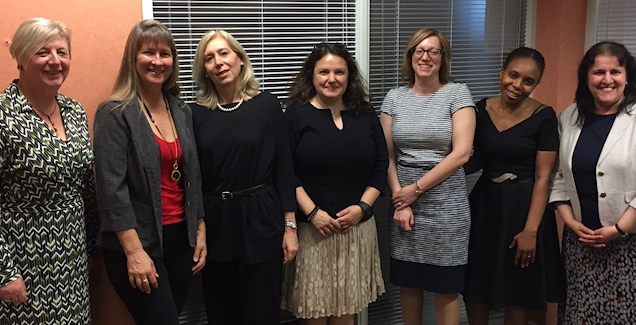
Image: 2016-17 EMEA Wisdom Circle colleagues - Janet Edwards (Mentor), Linda Davrath, Mariapia Cirenei, Esther Gil, Ruth Harlow, Xoli Belgrave, and Sofia Baig (Mentor)
- How has mentorship helped you?
I think that is really important to take the time to be intentional about developing your leadership style and have mentors who can help by showing you what good looks like and also telling you about mistakes they have made so you know what bad looks like. That's been really helpful for me. The other piece of it, I think that is really important for a female leader to find another leader in the organization who doesn't look or sound like you. I've had a couple of white male mentors over the years who have given me a different perspective. As people, we look for people who look like us and sound like us. The real impact for me happened when working with people who are different. And mentoring can be formal or informal like going to someone and asking for feedback or asking for input when you're thinking through ideas. - We also have a program advancing "Men advocating for real change". What impact has training men on diversity and inclusion had?
To be fair, my male mentors at Parexel, all have been through that program. Parexel equipped them through the formal training to be open to being mentors in a way that maybe they wouldn't have been conscious of before. - You are part of two Parexel DEI committees, tell us about your participation.
I'm in Parability and I'm in BEACON. Parability (Parexel's Differently Abled Steering Committee) has several streams and I'm in the patient stream, where I am collaborating with some amazing people trying to drive such topics as access to sites. In BEACON (Parexel's Black Employees Advisory Consortium) I am supporting the committee by connecting them with what's happening in the clinical trials space. Specifically for us to get more involved with the Community Alliance Networks, or the Patient Advocacy Groups, because I think there's a real benefit from people from those groups seeing employees of African heritage involved in the clinical research process because that might make them more comfortable getting involved in clinical trials as patients. - What advice would you give to someone joining Parexel?
Get in there, meet as many people as you can, and look for opportunities to learn more and do uncomfortable things, because that's where the magic happens. - What do you enjoy doing when you’re not at work?
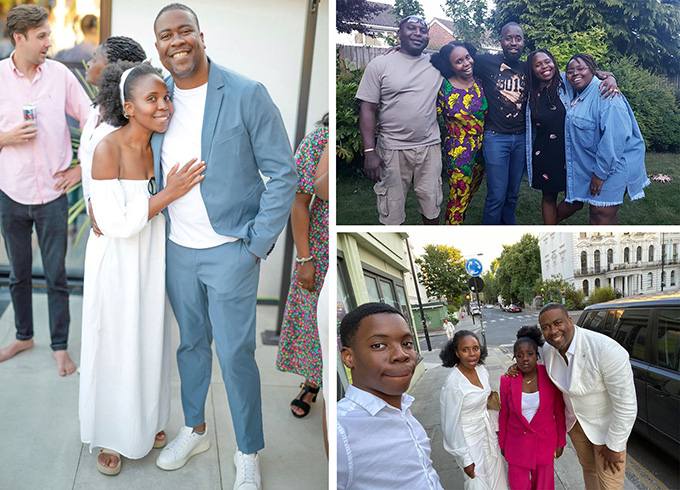
My family has always loved food, and I love cooking! I have a great circle of friends and family, so we entertain at home on most weekends. Working from home means I can juggle my hours to suit the needs of the job while still making time to be with my family.
Images: Xoli with her family and siblings
©Photos by Xoli Belgrave
Explore more about Parexel
-
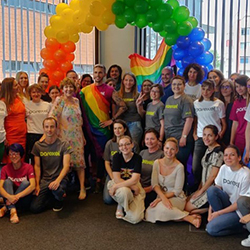
Diversity, Equity & Inclusion
Find out about our people, committees, leadership development, strategy, and awards at Parexel and how we embrace DE&I
-
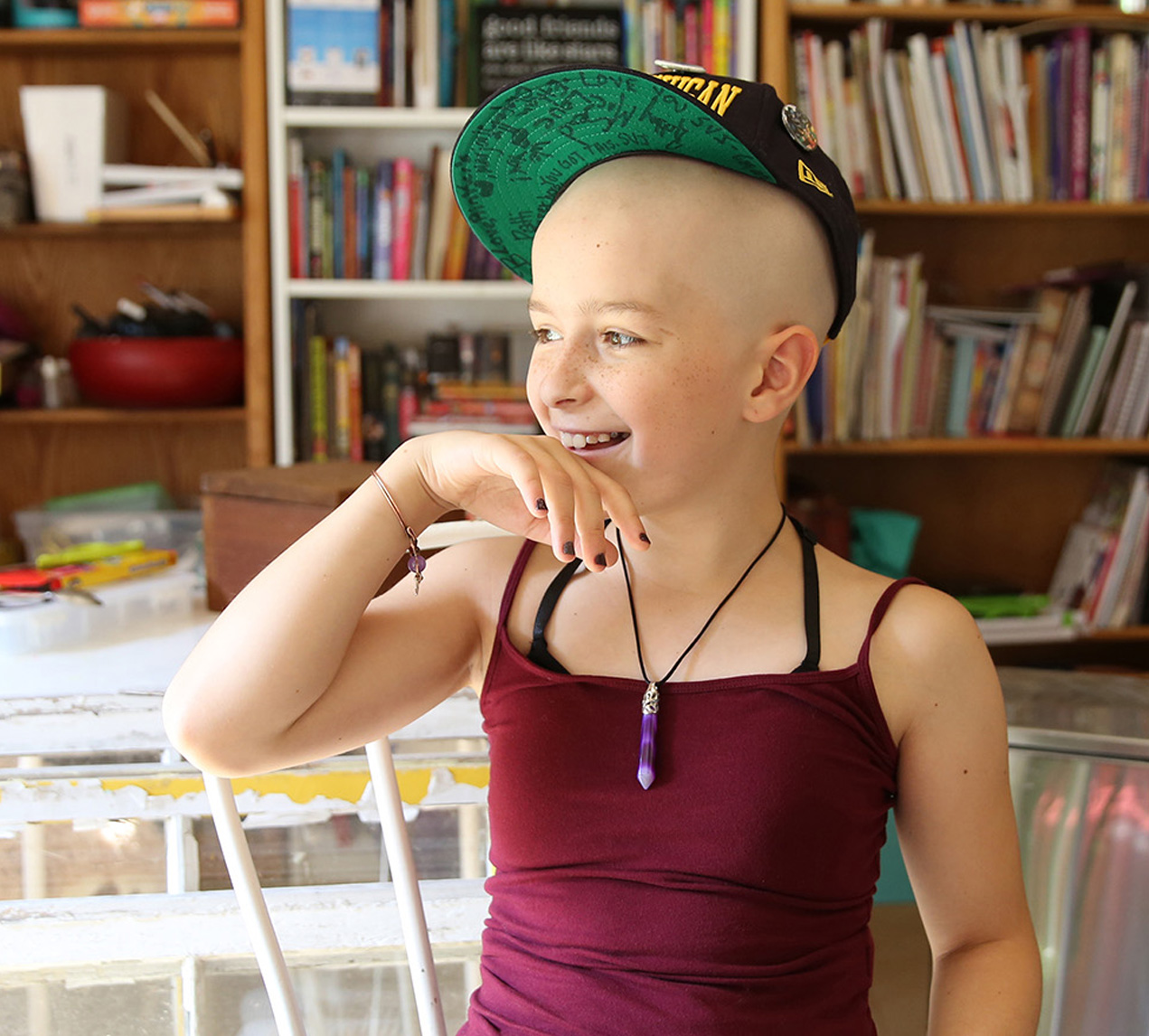
Our Core Values
We’re not just the people with brains, we’re the people with heart.
-
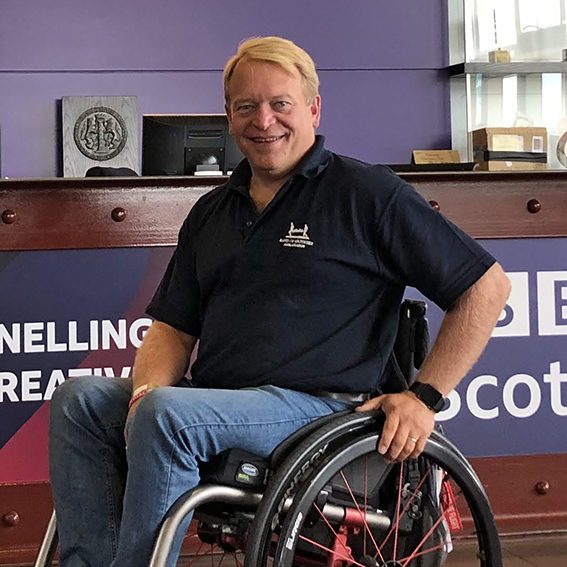
Meet David: Executive Director, Business Development & Co-Lead Disability Steering Committee
David shares what is involved to get the right research solution to clients and patients. As a differently-abled person, he talks about his experience and achievements whilst working at Parexel.
Featured jobs
- Clinical Operations Manager Finance - Hybrid - Poland - FSP Poland, Remote
- Central Monitoring, Manager , Alabama, Alaska, Arizona, Arkansas, California, Colorado, Connecticut, Delaware, Florida, Georgia, Hawaii, Idaho, Illinois, Indiana, Iowa, Kansas, Kentucky, Louisiana, Maine, Maryland, Massachusetts, Michigan, Minnesota, Mississippi, Missouri, Montana, Nebraska, Nevada, New Hampshire, New Jersey, New Mexico, New York, North Carolina, North Dakota, Ohio, Oklahoma, Oregon, Pennsylvania, Rhode Island, South Carolina, South Dakota, Tennessee, Texas, Utah, Vermont, Virginia, Washington, West Virginia, Wisconsin, Wyoming, Remote
- Clinical Trial Manager - Remote - FSP Italy, Remote
- Feasibility Specialist (Sr. Associate) - FSP (Korean Speaker) Australia, Remote
- Feasibility Specialist (Sr. Associate) - FSP (Chinese Speaker) Australia, Remote
